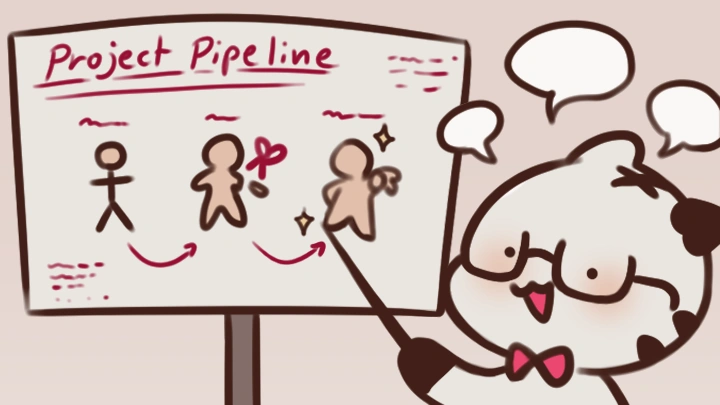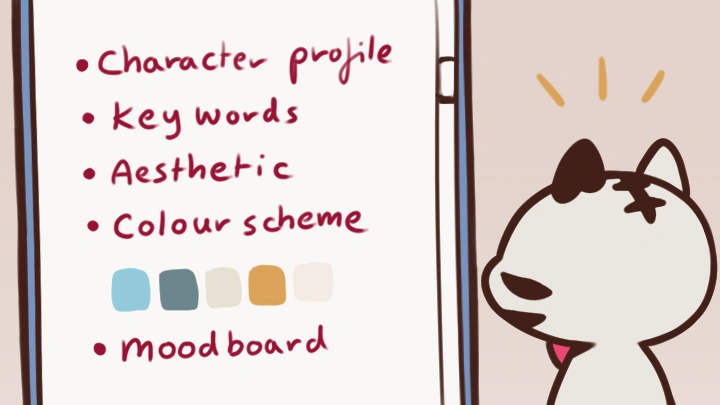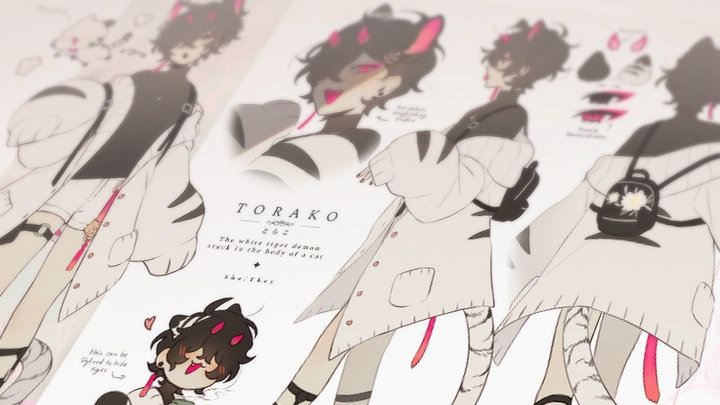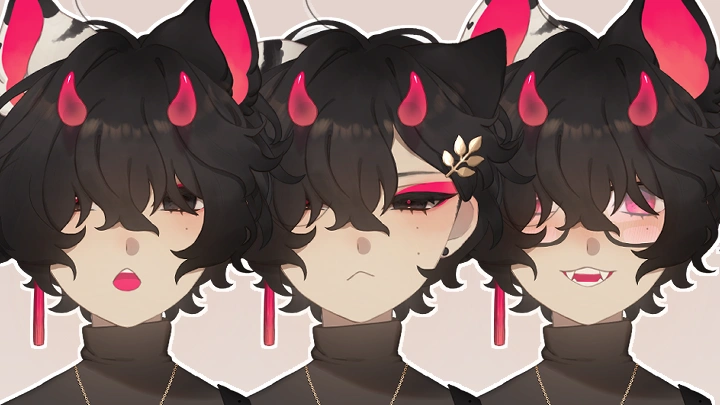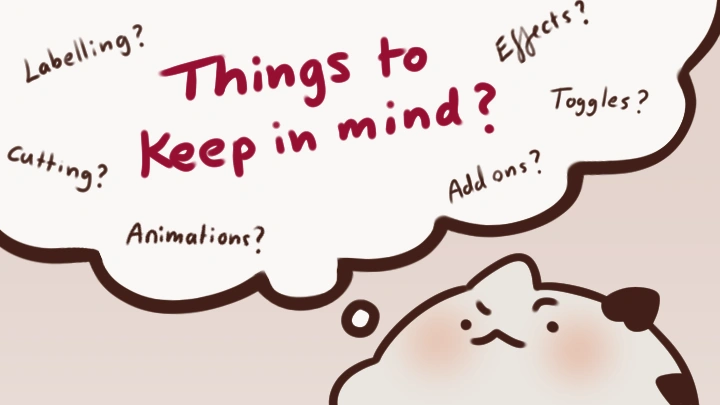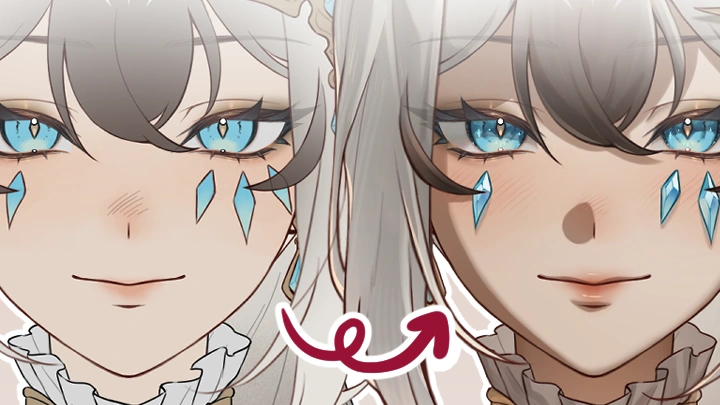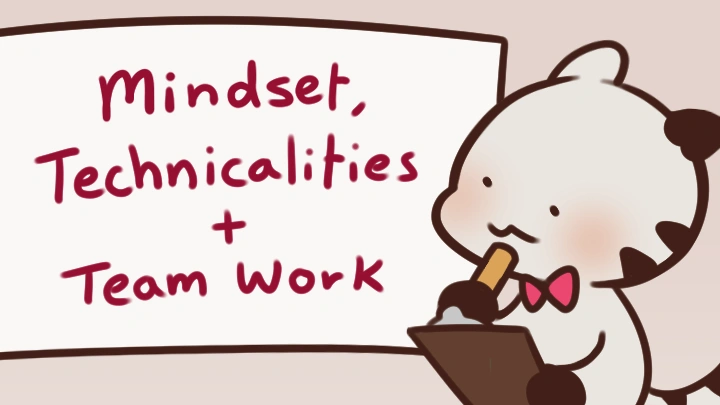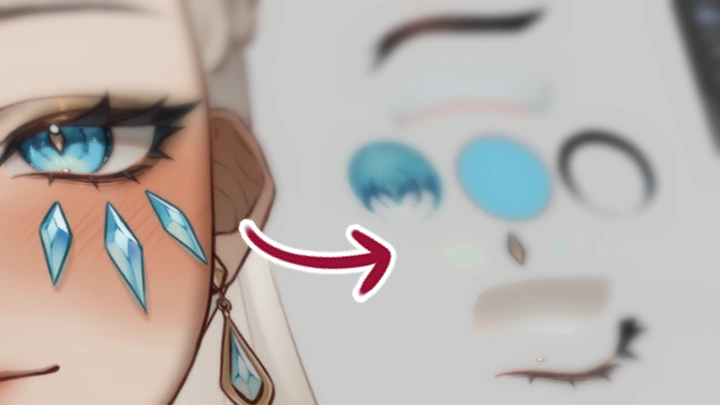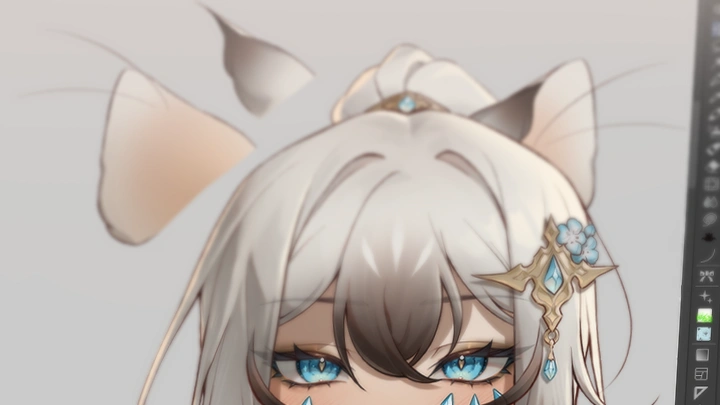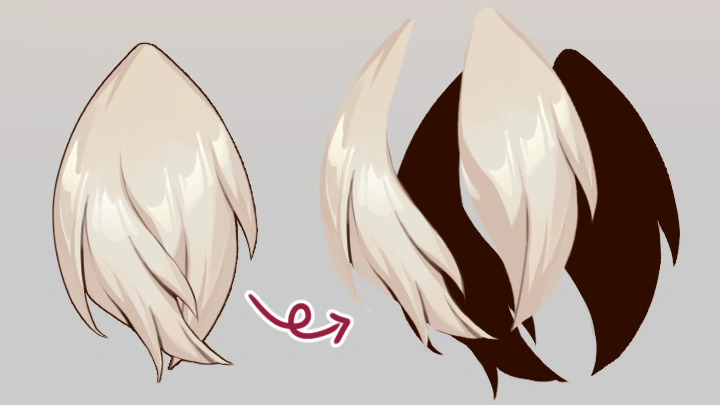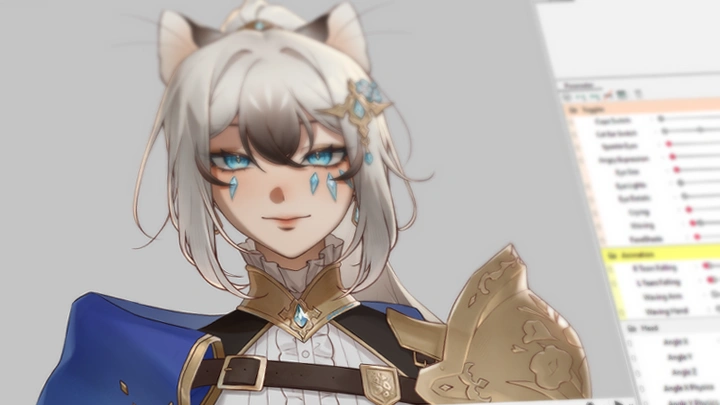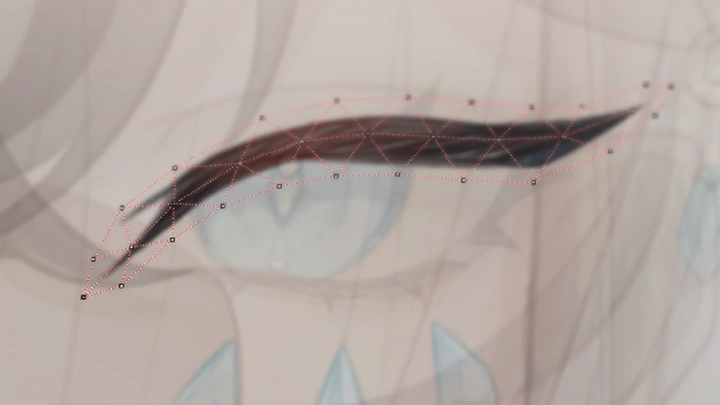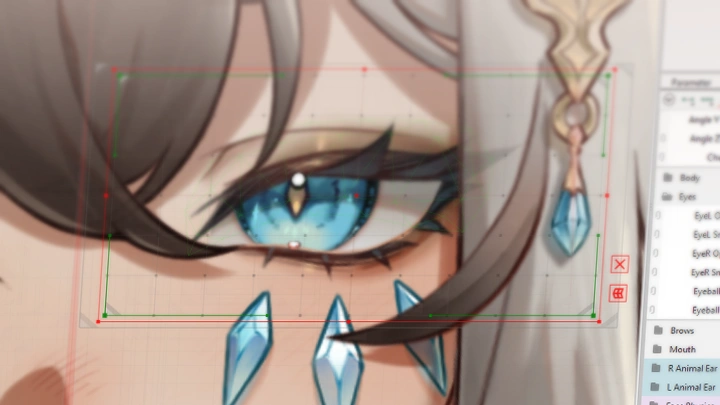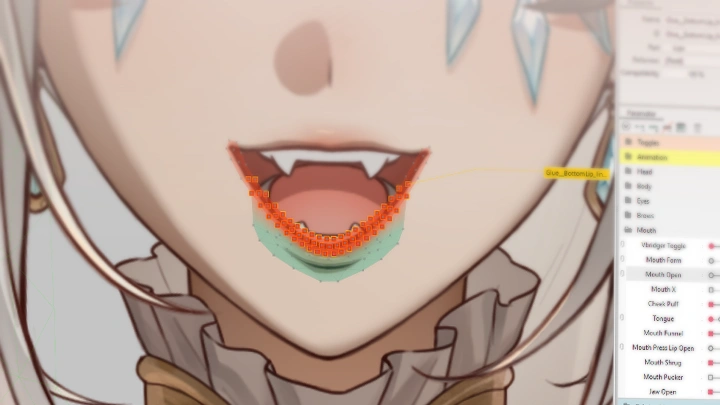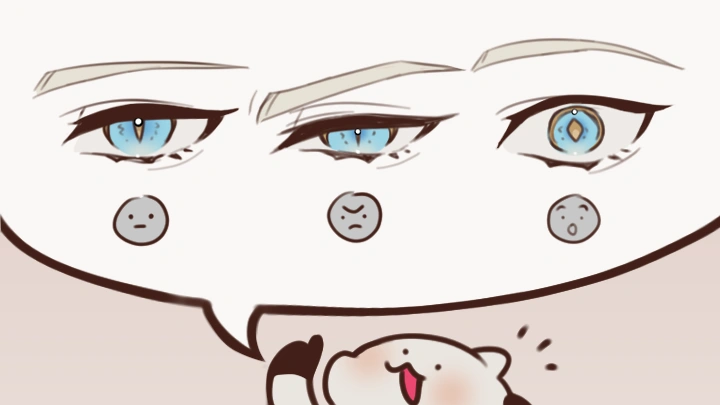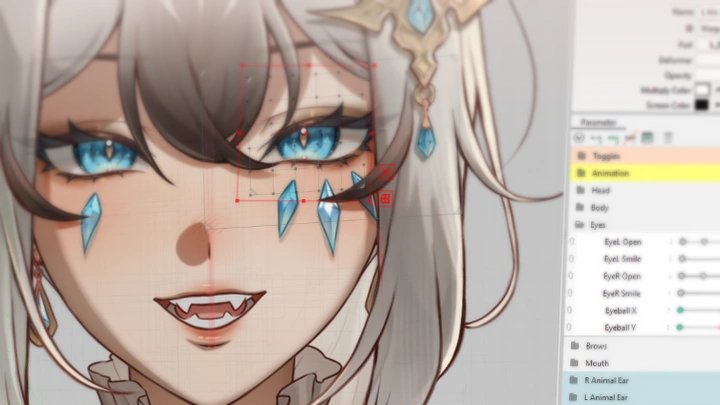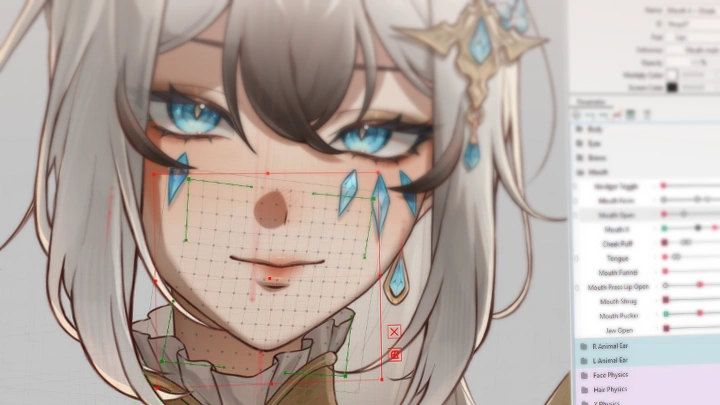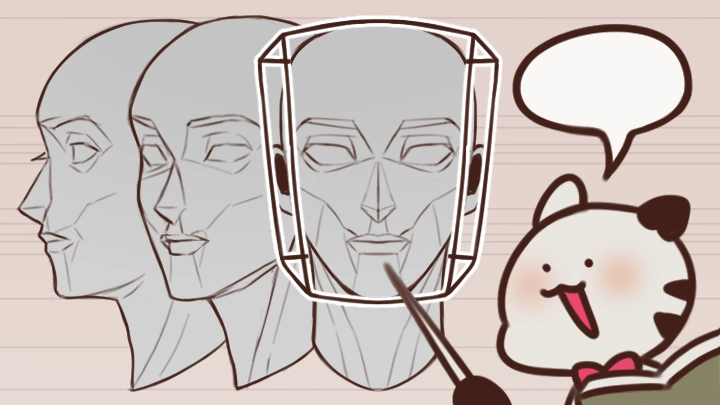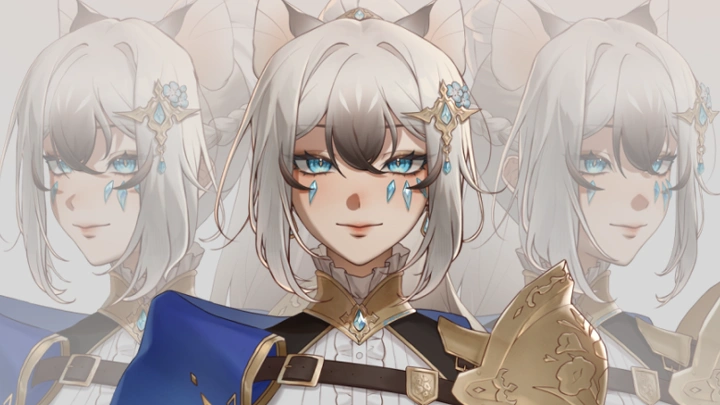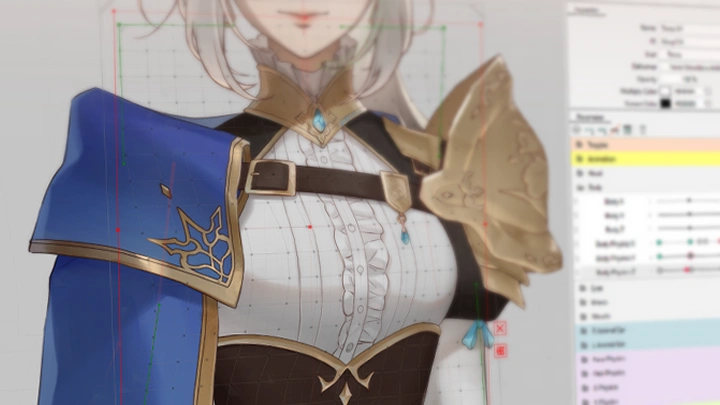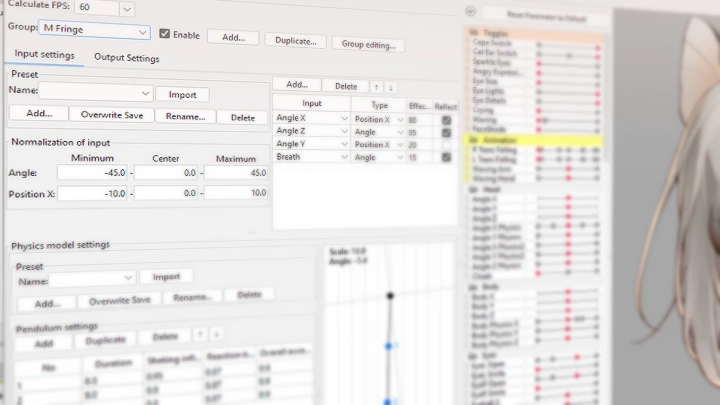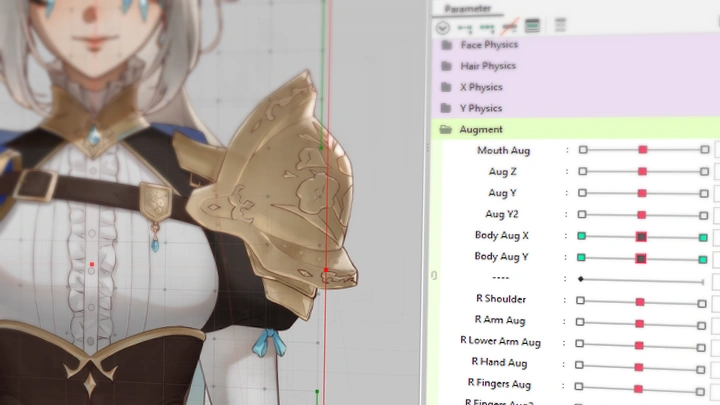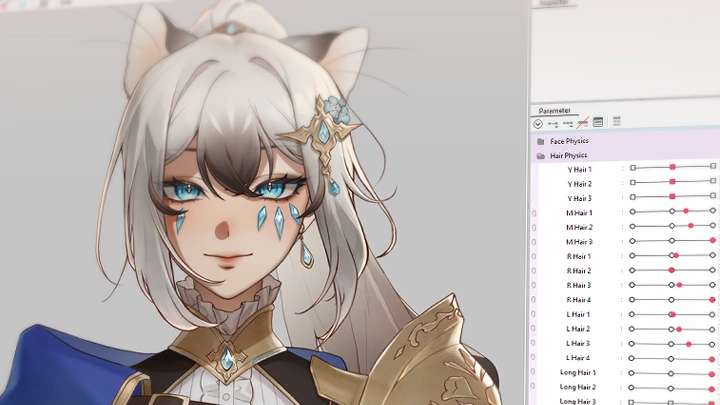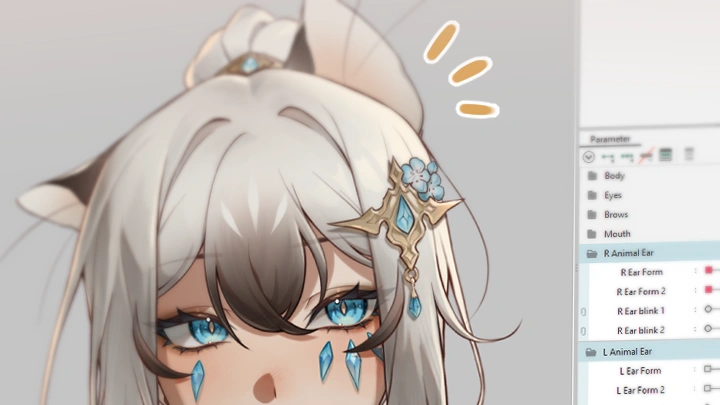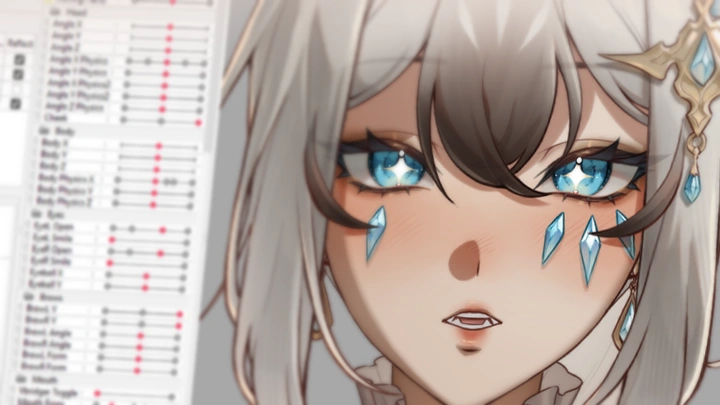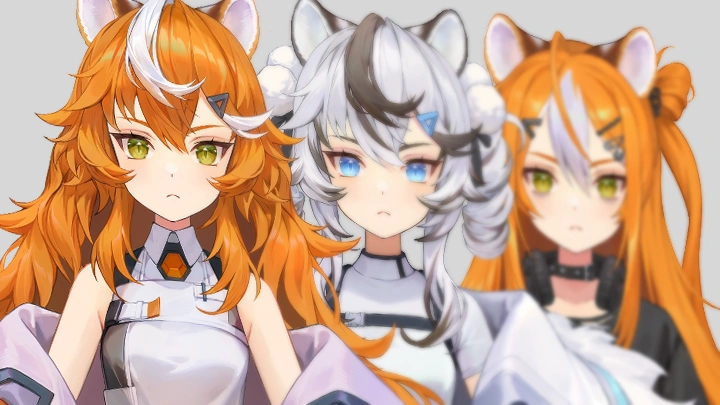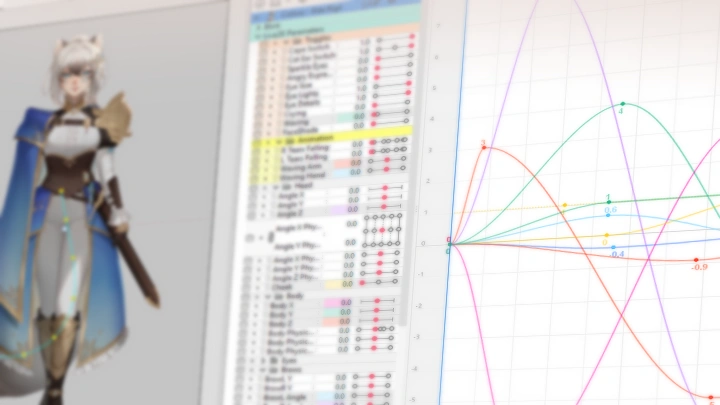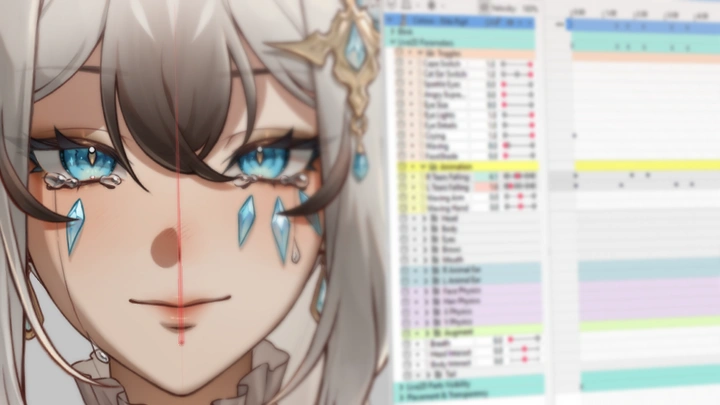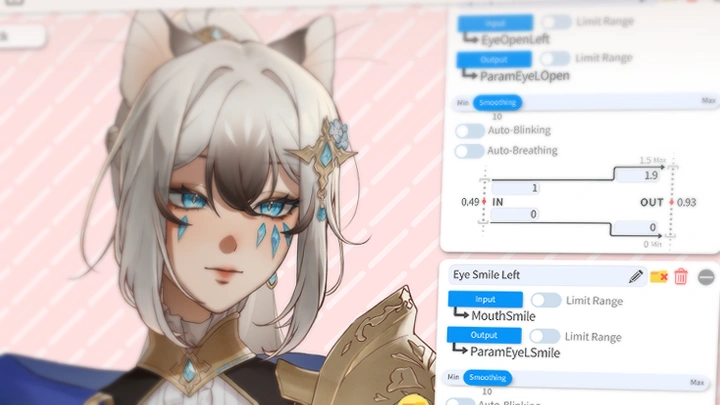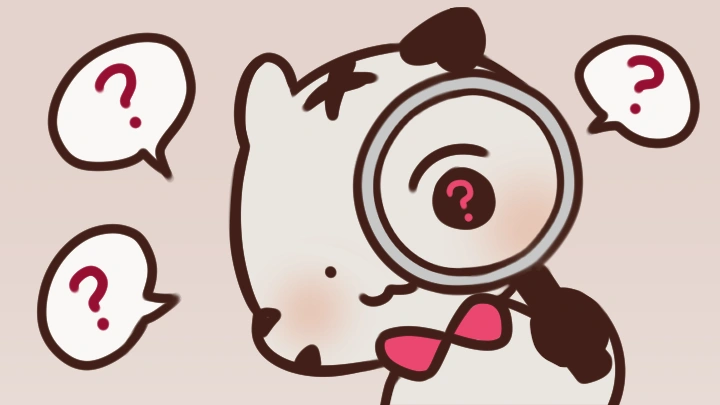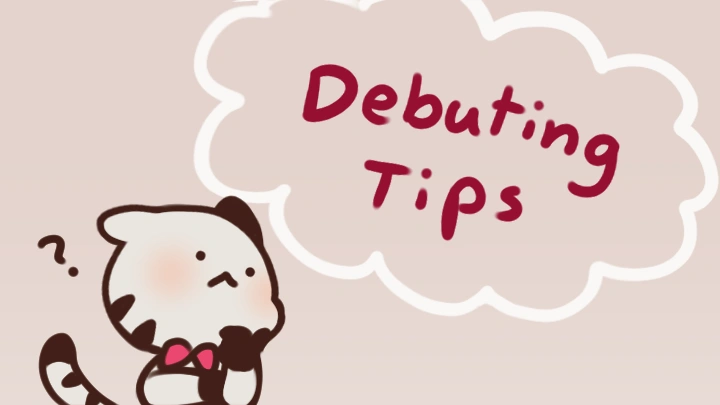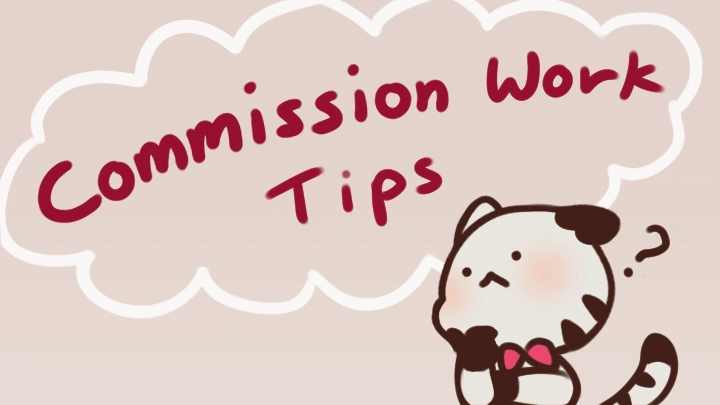[Course]vtuberartist,46cmawayfromyou Details
In-Depth Look
- SECTION 01
OT
01. Orientation- Who am I? - What to expect from this class - What software and hardware you need - Tips for taking this class - What chapters you can skip
- SECTION 02
Introduction
02. Understanding the Production Pipeline- The VTuber model creation pipeline, from design to debut delivery - Skills that are useful for the creation of a VTuber model - Project management tips before starting
- SECTION 03
VTuber Character Design
03. Starting a Character Design- The general rules and workflow of creating the character design - How to prepare for character designing before drawing - How to produce a character brief - Some design theories you can use - A showcase of the design process
04. Creating a Reference Sheet- Why would you want a reference sheet? - Creating a technical reference sheet for production usage - The difference between a production sheet and a promotional sheet - A showcase of the reference sheet creation process
05. Toggles and Add On Brainstorming- What is a toggle? - Common toggles and their usages - What is feature creep, and how do you avoid it? - Tips for keeping project scope manageable
- SECTION 04
Model Art
06. Things to Keep in Mind Before Starting- Useful hotkeys to learn and use for Clip Studio Paint - How Live2D's layermodes and clipping features work - How to label your layers and organize your PSD - Misc tips for making model art
07. How to Draw Your Model Art - How to choose the right pose or art style for Live2D rigging - How to start splitting and organizing layers while working to save time - Essential knowledge for model artwork
08. How to Shade Your Model Art- How knowing to shade shapes can be applied everywhere - My practices for shading models - Ways I approach shading gems
- SECTION 05
PSD Preparation & Cutting
09. Mindset, Technicalities, and Team Work- The general rules of cutting a model - How to prepare to create model artwork for another rigger - What to expect when working with art given to you by a client - Tips for riggers when communicating with the artist
10. Preparing the Face Assets- How to cut the eyes, mouth, and brows for optimal rigging
11. Cutting and Filling- How I approach cutting and preparing the model
12. Underfill as Faux Lineart- An advanced cutting method for creating faux lineart, how it works, and its benefits
13. Advanced Masking and Clipping- How to use Live2D's unique clipping system to create masks for realistic highlights or effects - How to test whether your masking works outside of Live2D
- SECTION 06
Setting Up in Live2D
14. Importing & Prepping Your Model Art in Live2D- How to use Live2D, the tools presented, and set up your workspace - Useful hotkeys and tools I use regularly - How to prepare a PSD in Live2D for rigging - Optimizing models and reducing memory size
15. What is an Art Mesh and Texture Atlas- What is an artmesh is, and how do you set it up? - Common shapes and methods for creating an ideal art mesh - What is a texture atlas, and what is its optimal set-up? - What happens when a texture atlas is set up incorrectly? - My process for meshing models
16. Introduction to Deformers and Parameters- How deformers work and their heirarchical rules - What are parameters, and how are they used? - Rotation vs. warp deformers - Advanced ways to utilize deformers for smart rigging
17. Advanced Tools (Blendshapes, Temporary Deformation, and Glue)- How advanced tools work, and where you can use them in the rigging process
- SECTION 07
Facial Expressions
18. Understanding the Human Face- Human facial anatomy - The ins and outs of real-life facial movement
19. Rigging the Facial Features- Rigging the eyes, mouth and brows to work best with tracking - Creating an attractive look while accomodating for the artstyle and visuals - How to set up tracking in VTube Studio - How to connect VTube Studio to live2d for live tracking
20. How VBridger Can Enhance the Face- What is VBridger and the parameters required to utilize the program?
- SECTION 08
Head & Body XYZ
21. Visualizing 2D into Fake 3D- What are head angles and what angle is best for a vtuber model? - How does perspective work and why does it matter when it comes to rigging? - How do you trick the viewer into believing something is 3D - How to make the process easier with guides
22. Head XYZ- The process and minset for rigging the head angles and techniques to make it easier to edit later
23. Body XYZ- The process and mindset for rigging the rest of the body, including accessories
- SECTION 09
Physics & Augmentation
24. What are Physics in Live2D?- The physics window and each aspect of the interface - How the pendulum works
25. What are Augmented Physics and Delayed Angles?- What do augmented physics do, and why do them? - How to add augmented physics to make your model more lively - The advanced method of creating delayed XYZ angles for a more realistic look
26. Typical Physics You Will Rig- Typical types of physics rigging - Hair physics process - Clothing and accessories physics process
27. Additional Physics- How to rig emotive animal ears - Information on rigging wings and tails - How to use skinning to make a cat tail move
- SECTION 10
Animations & Toggles
28. Making Toggles- Making toggle transitions smooth and natural - Demonstration of the different types of toggles you will encounter - How to make toggles affect the physics of the model
29. Alternative Outfits & Hairstyle Creation- How to future-proof and prepare the model art for alternative outfits and hairstyles - How to set up and rig the new outfits and hairstyles - Further rigging examples. (hoodie, shorts, long hair)
30. Introduction to the L2D Animation- How to use Live2D's animation window - Why would a model require a complex animation? - How the speed graph works
31. Creating an Idle loop & Tracking Lost Loop- Making a simple animation to get started - What is an idle loop and why is it important? - How does an idle loop interact with animated toggles? (Making a crying animation) - How do you animate an idle loop and make it seamless?
- SECTION 11
Testing & Set Up for Tracking
32. Model Set Up- Introduction to VTube Studio - How to set up the model, and the inputs I change - How to create hotkeys
33. Testing and Quality Control- How the client's camera and computer affect tracking - Why you need to test your rig, and how to do so - Mindset & preparation for your quality control phase - How to play animations in your physics window - Final fixes and polishes of the class model
- SECTION 12
Bonus
34. Path to Debuting Your Own Model- Tips for streaming - What is a VTuber debut? - What do you need to prepare for a debut?
35. Path to Doing Comission Work- What is commission work? - How to prepare to take on commission work - How to find clients - How I process commission work, and rules to follow
- SECTION 13
Conclusion
36. Final Words- Parting words

